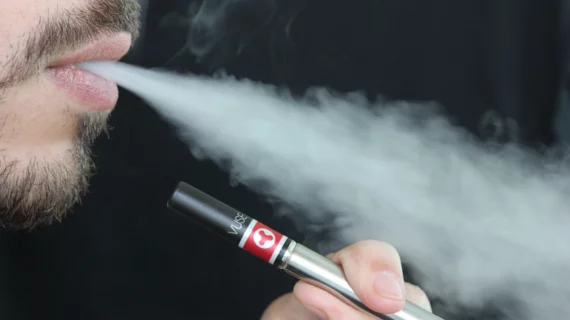AHA challenges FDA to ban flavored e-cigarettes
The American Heart Association (AHA) expressed worry over the relatively flat rate of e-cigarette use among middle and high school students, saying the decline in tobacco use must continue before another generation becomes lifelong addicts.
AHA CEO Nancy Brown’s comments came in response to 2017 CDC data released this week which estimate 2.1 million middle and high school students have used e-cigarettes in the last 30 days, a minor decrease from just under 2.2 million reported in 2016.
“The decline disclosed by the 2016 survey appears to have stalled last year,” Brown said in the statement. “Our greatest fear is that this may be a warning sign of a reversal, and in the coming years we may see a disturbing rise in the number of middle and high school students who smoke e-cigarettes.”
Some 11.7 percent of high school students were found to smoke e-cigarettes, compared to 7.7 percent who smoked cigars and 7.6 percent who smoked cigarettes. Multiple studies have tied the popularity of these products to flavors that appeal to young consumers. One study showed there were more than 15,000 distinct flavors of e-cigarettes.
“The tobacco industry is well aware that flavored tobacco products appeal to youth and has taken advantage of this by marketing them in a wide range of fruit and candy flavors. Their strategy is working too well, unfortunately,” Brown said. “That is why we believe the Food and Drug Administration (FDA) needs to crack down on sloppy enforcement of age restrictions on tobacco sales, and more importantly, remove these kid-appealing products from the market.”

